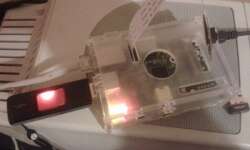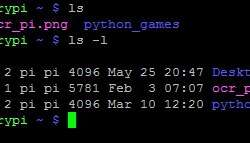Raspberry Pi – mounting USB drive

Raspberry PI, by default, has only one memory available – an SD card that also holds the kernel itself. Unless you are using a large SD, eventually, you will run out of space -especially if you are dealing with media files or playing with the camera module. The easiest and cheapest way of expanding memory is to use a USB Flash drive. If you are accessing PI from the terminal screen, then probably one of the built-in USB ports is free, and you can attach a drive directly to it; otherwise, use USB HUB – better with an external power option.











